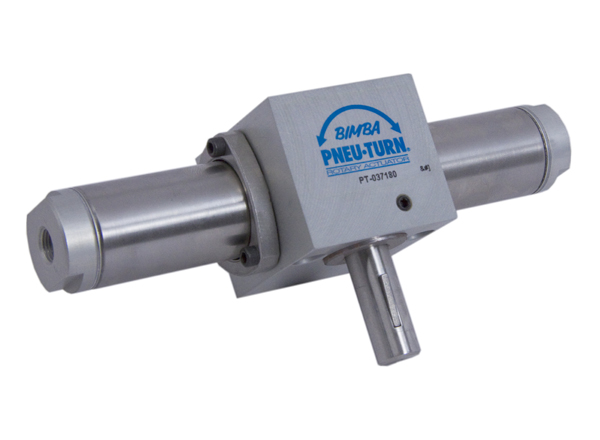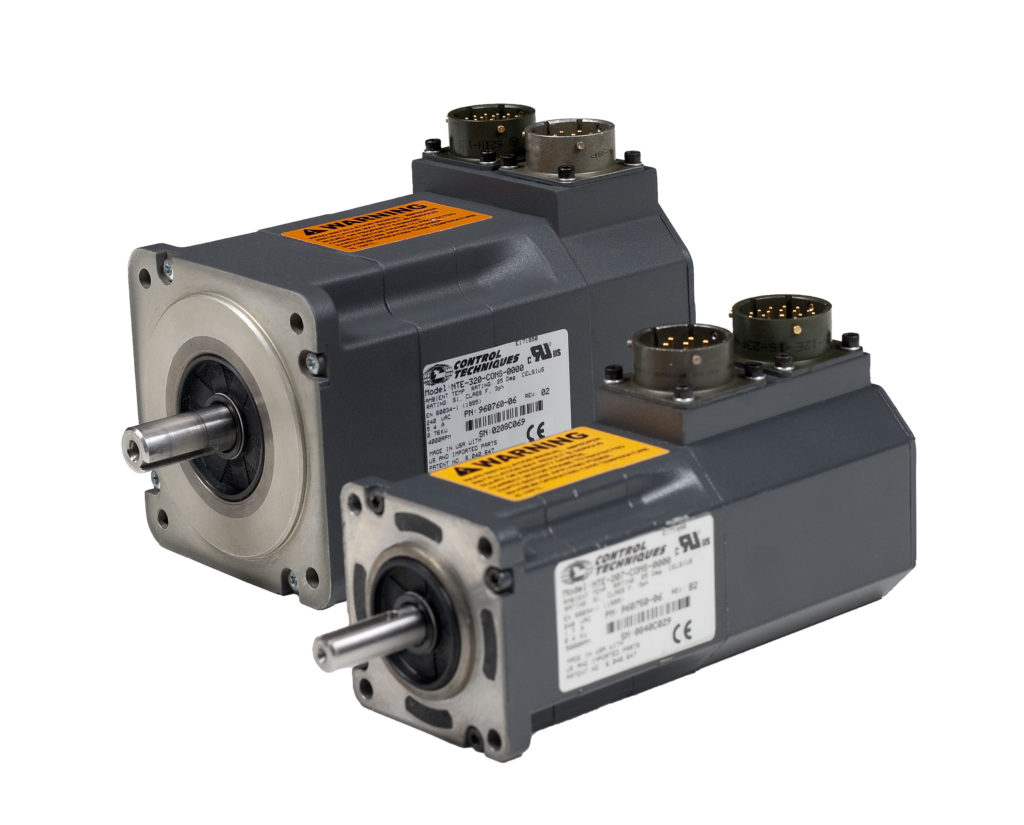Motors vs. Actuators for Industrial Systems
Motors and actuators and industrial equipment, oh my!
When it comes to making your industrial equipment tick, there are a variety of components that can help do the trick. Motors and actuators are some of the ones that play a significant role in such operations, notably when it comes to material handling equipment. Motors and actuators can operate independently of each other or together. In this post, we’ll take a closer look at motors and actuators, including the various types of each component and the role they can play in the operation of your industrial equipment. Here’s what you need to know about actuators and motors:
Actuators
To review, actuators work by converting energy into motion, thereby helping machinery – such as presses and other material handling equipment – work and operate how their users intend them to do. In fact, just about every industry uses actuators in some way, shape or form – whether it’s for lifting, clamping, ejecting or some other task. Actuators are a big part of the industry’s move toward more automated systems and look to be pivotal in Industry 4.0 efforts.

But as you know, there’s more than one type of actuator – and the type of actuator that you select should be based on your application and what task you’re trying to perform in the industrial environment. Some of the common types of actuators include pneumatic, hydraulic, and electric. In the forthcoming sections, we’ll more carefully examine each of them so that you make the best decision on which one is ideal for your application.
Electric Actuators
Electric actuators: These actuators pair with motors to create either linear or rotary motion, making them ideal for use in conveyor and material handling applications. Electric motion tends to be more accurate, reliable and repeatable compared to hydraulic and pneumatic. There’s also less friction generated, which directly translates to less wear and tear and a reduction in the frequency of maintenance that is required. Electric actuators also help facilitate more silent operation, which can be especially helpful in facilities that are trying to reduce noise.
Pneumatic Actuators
Pneumatic actuators aren’t as powerful as hydraulic actuators, but in the right applications they still make a lot of sense. Some of the common industries that pneumatic actuators are used in include food and beverage and packaging. Key benefits associated with pneumatic actuators include safety, reliability and durability. They also tend to be simpler in their makeup than other types of actuators and tend to be a more cost-effective option compared to other types of actuators.
Hydraulic Actuators
Now that we’ve gone over electric and pneumatic actuator varieties, it’s worth noting the other type of actuator, the hydraulic actuator. A hydraulic actuator transfers fluid via a hydraulic pump. This, in turn, creates the pressure that’s necessary to move the actuator so it performs its function. One major benefit to using hydraulic actuators is that they’re able to transfer a significant amount of power. This makes them ideal for more heavy-duty applications in the industrial environment. Other benefits include their portability and versatility.
Motors
From induction motors to reversible motors to brushless and gear motors, motors can be designed to work with or independently of actuators in the industrial environment. Some may even classify motors as a type of actuator, as they convert energy to move or control some sort of mechanism. Motors are typically used to power industrial equipment that includes the likes of fans, compressors, material handling devices, blowers, pumps and more. Motors work by creating mechanical energy, which is then used to power various appliances and applications. A common type of motor found in industrial equipment is the electric motor.

So what’s the big difference between actuators and motors? Think of actuators as devices that help produce linear motion and motors as devices that help produce rotational movement. Hence, some consider actuators as a type of motor. But a motor is not a type of actuator. Both are critical to powering industrial applications and have a purpose in the right setting.
Contact JHFOSTER Today
For more information on both the differences and similarities between motors and actuators, and to find the right components for your industrial systems, contact JHFOSTER today. Our experienced, knowledgeable experts are standing by and ready to help pair your application with the actuators and motors to help you achieve your production goals. Contact JHFOSTER today for more information and to consult with an expert.